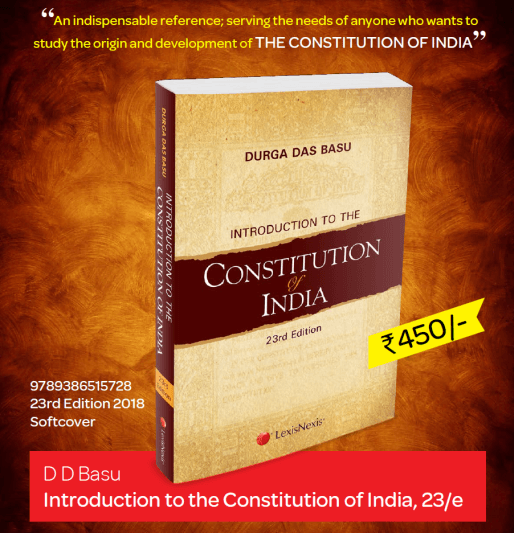
The essential features of the system2 introduced by the Act of 1858 The Secretary of State, who was responsible to the British Parliament, governed India through the Governor-General, assisted by an Executive Council, which consisted of high officials of the Government. The Council was composed exclusively of people from England, some of whom were nominees of the Crown wnile others were the representatives of the Directors of the East India Co. By this Act, the powers of the Crown were to be exercised by the Secretary of State for India, assisted by a Council of fifteen members (known as the Council of India). This Act serves as the starting point of our survey because it was dominated by the principle of absolute imperial control without any popular participation in the administration of the country, while the subsequent history up to the making of the Constitution is one of gradual relaxation of imperial control and the evolution of responsible government. the governance of India under the direct rule of the British Government, the Government of India Act, 1858 ( 21 & 22 Viet., c. That explains the majesty and ethical value of this new instrument and also the significance of those of its provisions which have been engrafted upon the pre-existing system.įor our present purposes we need not go beyond the year 1858 when the British Crown assumed sovereignty over India from the East India Government of Company, and Parliament enacted the first statute for India Act, 1858.

Practically the only respect in which the Constitution of 19491 differs from the constitutional documents of the preceding two centuries is that while the latter had been imposed by an imperial power, the Republican Constitution was made by the people themselves, through representatives assembled in a sovereign Constituent Assembly. upon the existing system of administration, maxes a retrospect of the constitutional development indispensable for a proper understanding of this Constitution. Downloaded From : Thank You and God Bless!ĭownloaded From : CHAPTER 1 THE HISTORICAL BACKGROUND THE very fact that the Constitution of the Indian Republic is the product not of a political revolution but of the a Utility of Historical Retro research and deliberations of a body of eminent representatives of the people who sought to improve spect. We DO NOT SUPPORT PIRACY, this copy was provided for students who are financially troubled but deserving to learn. For any quarries, Disclaimer are requested to kindly contact us. we provide the links which is already available on the internet. **Disclimers : EasyEngineering does not own this book/materials, neither created nor This edition is up to date with legislative changes up to the Constitution (One Hundred and Fifth Amendment) Act, 2021 and notable judgments of the Supreme Court.**Note : Other Websites/Blogs Owners we requested you, Please do not Copy (or) Republish this Material.

(Political Science) courses, as well as competitive examinations held by the Union and State Public Service Commissions. It also meets the requirements of the LL.B., LL.M., B.A. This title serves as an introductory study on the Constitution for general readers, politicians, journalists, statesmen and administrative authorities. Description:-ĭ D Basu Introduction to the Constitution of India is a pioneer work, catering to the needs of anyone who wants to study the origin and development of the Constitution of India. Lexis Nexis’s Introduction to the Constitution of India (Hindi) by Durga Das Basu – 14th Edition 2022.


 0 kommentar(er)
0 kommentar(er)
